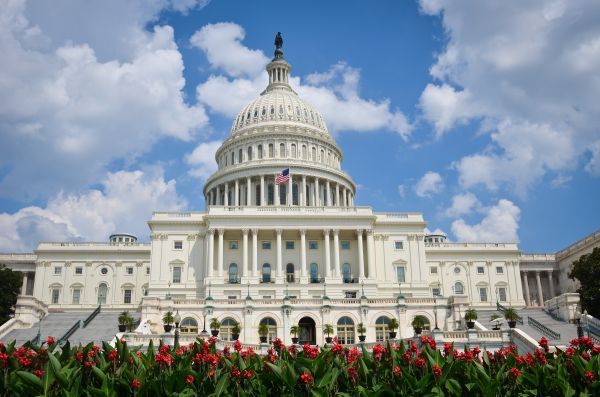CHINA PHASE ONE TRADE DEAL

The news of China signing Phase One of a trade agreement came as a welcome sight to farmers and those across the agriculture industry. The main headlines include top-line figures but after sitting down and discussing things with Collin Waters, Director of Exports and Logistics he wanted to make some points and bring attention to things that he thought were also important for farmers to understand.
Structural changes will be made that will also have an impact on farmers the first dealing with dried distillers grains and dried distillers grains soluble (DDG/DDGS). China has agreed to streamline the import process of this product and will not require audits of manufacturing facilities as a condition of registration. They are also expediting the import licensure.
Another structural change focuses on tariff rate quotas. China will allocate all yearly tariff rate quotas to end users by the end of the calendar year and will reallocate any unused quota by October. This could be a big deal for commodities like corn, wheat and rice. Historically the Chinese government has not allowed full utilization of tariff rate quotas, especially when it comes to private concerns.
Biotechnology also plays a part in this trade deal. China agreed to implement a more transparent and predictable approvals process. The process will take no longer than 24 months from submission to final decision.
This trade deal has many working parts and is dynamic. I encourage you to investigate these articles for additional information to fully understand the effects of this new partnership.











































































































